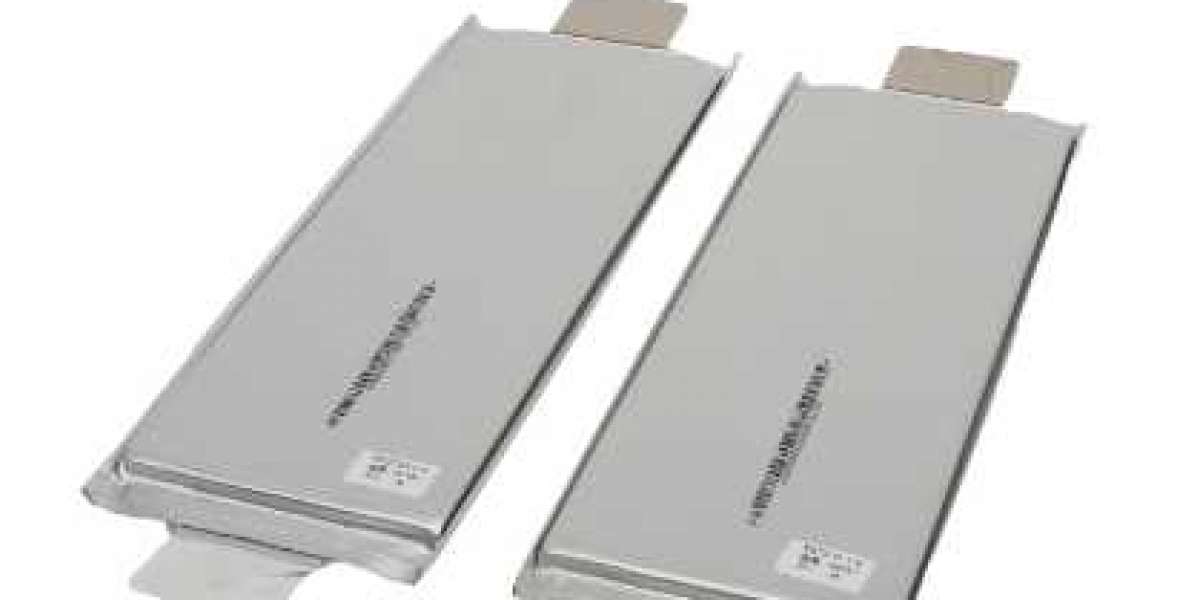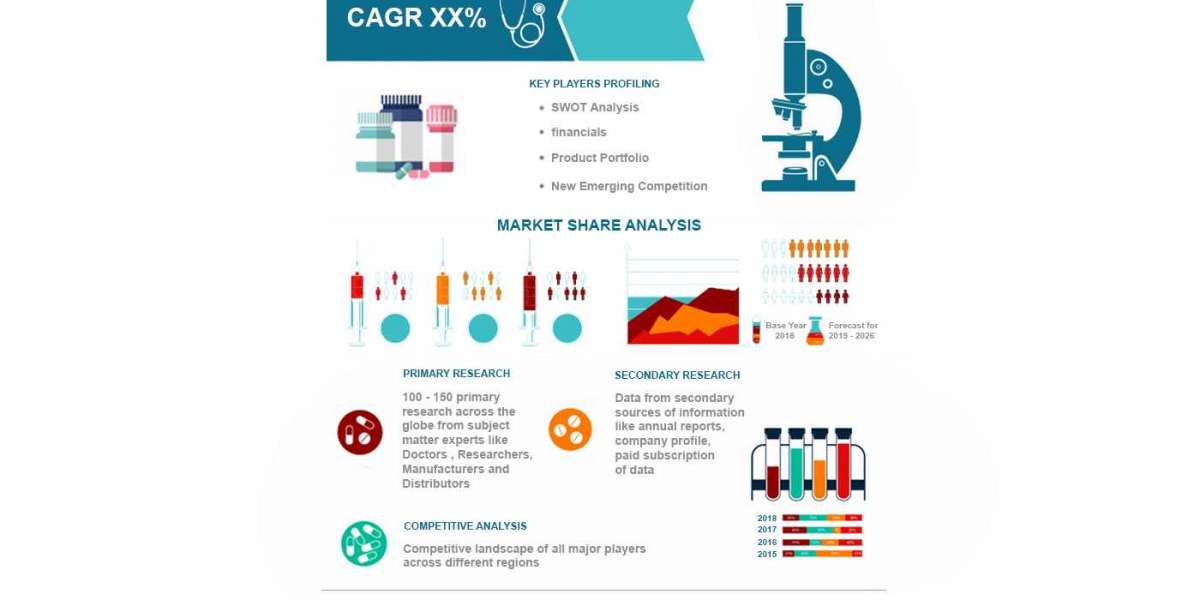Supercapacitor batteries are also called gold capacitors and Farad capacitors. They store energy through polarized electrolytes and are a type of electric double layer capacitors. Because the energy storage process does not undergo chemical reactions, this energy storage process is reversible, and it is precisely because this supercapacitor can be repeatedly charged and discharged hundreds of thousands of times. Supercapacitors generally use activated carbon electrode materials, which have the characteristics of large adsorption area and large electrostatic storage, and are widely used in new energy vehicles.
Due to the increasing shortage of oil resources and the more and more serious environmental pollution caused by the exhaust emissions of oil-burning internal combustion engines (especially in large and medium cities), people are researching new energy devices to replace internal combustion engines. The research and development of hybrid power, fuel cell, and chemical battery products and applications has been carried out, and certain results have been achieved. However, due to their inherent short service life, poor temperature characteristics, chemical batteries pollute the environment, complex systems, high cost and other fatal weaknesses, there has been no good solution. With its excellent characteristics, supercapacitors can partially or completely replace traditional chemical batteries for traction power and starting energy of vehicles, and have a wider range of uses than traditional chemical batteries. Because of this, countries all over the world (especially developed countries in the West) spare no effort to research and develop supercapacitors. As far as the technical level of supercapacitors is concerned, Russia is currently leading the world, and its products have been commercialized and applied, and were rated as the most advanced products by the 17th International Electric Vehicle Annual Conference (EVS-17), Japan, Germany, France, the United Kingdom, Australia and other countries are also catching up. At present, the fields of promotion and application of supercapacitors in various countries have been quite extensive. Promoting the use of supercapacitors in my country can reduce oil consumption and reduce dependence on oil imports, which is conducive to national oil security; effectively solves the problem of urban exhaust pollution and lead-acid battery pollution; and is conducive to solving the problem of low temperature starting of combat vehicles.
Features of super capacitors:
(1) The charging speed is fast, and it can reach more than 95% of its rated capacity as long as it is charged for tens of seconds to a few minutes; and the lead-acid battery with the largest area now usually takes several hours to charge.
(2) The cycle life is long, and the number of deep charge and discharge cycles can reach 500,000 times. If the supercapacitor is charged and discharged 20 times a day, the continuous use can reach 68 years. If compared with lead-acid batteries accordingly, its service life can reach 68 years, and there is no "memory effect".
(3) Super high current discharge capacity, high energy conversion efficiency, small process loss, high current energy cycle efficiency ≥ 90%;
(4) High power density, up to 300W/kg~5000W/kg, which is equivalent to dozens of times of ordinary batteries; the specific energy is greatly improved, and lead-acid batteries can generally only reach 200W/kg, while the current research and development of supercapacitor batteries has up to 10KW/kg,
(5) The raw material composition, production, use, storage and dismantling process of the product are free of pollution, which is an ideal green power source;
(6) The charging and discharging circuit is simple, no charging circuit like a rechargeable battery is needed, the safety factor is high, and the long-term use is maintenance-free;
(7) The ultra-low temperature characteristics are good, and the ambient temperature range is as wide as -40℃~+70℃;
(8) The detection is convenient, and the remaining power can be directly read out;
(9) The monomer capacity range is usually 0.1F--3400F.

Lithiumhua is a professional manufacturer dedicated to the production, processing and sales of lithium batteries. The products here are rich in variety and excellent in quality. Welcome to contact us.








